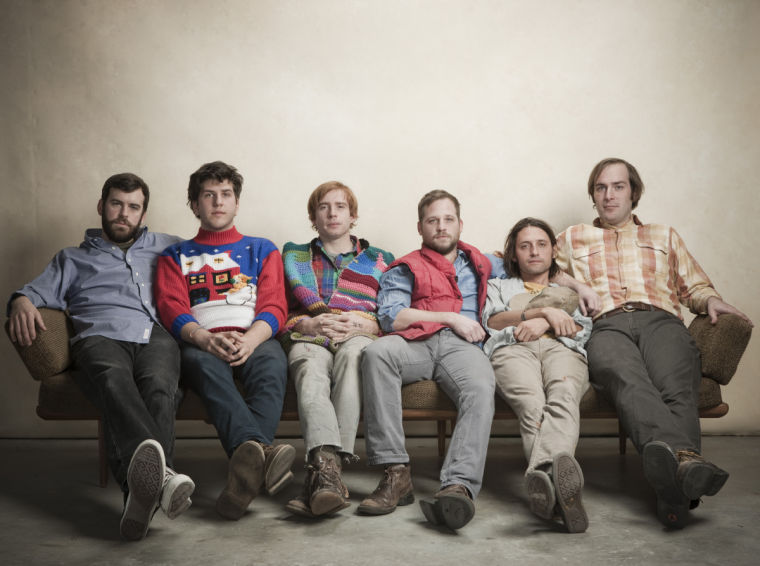Dr. Dog’s Scott McMicken discusses the creation of B-Room
October 28, 2013
The Philly-based band Dr. Dog released its eighth album, B-Room, on Oct. 1. The band will kick off its fall tour at Stage AE in Pittsburgh on Nov. 1.
Scott McMicken began singing and playing guitar with fellow bandmate Toby Leaman in eighth grade. While other members of the band have come and gone, McMicken and Leaman have remained loyal since 1999 — with just as much momentum.
The Pitt News: I know that the new album is different than your older stuff — more stripped-down and simpler. Was this an organic move to make these changes or a decisive moment when you chose to do this kind of album?
Scott McMicken: I don’t know what the general thinking is of what goes into how music is made, but everything is conscious. It’s kind of a combination. The band’s aesthetic ebbs and flows with the taste of those involved. When it comes time to record, you need to focus, and in order to focus, you end up talking about things: what’s exciting, what challenges you want to present yourself with. It’s a mix of organic and conscious decisions.
TPN: How do you think, in general, people have been reacting to the newest album from what you’ve heard so far?
SM: I think critically this album has not done great, but a lot of that comes down to the fact that we’ve been around for a long time and it’s getting complicated. Our musical history is so insular and self-governed that I just don’t think there are a lot of journalists who know how to talk about something that broad.
TPN: To make your latest album you converted an old silver mill and it was a huge change. How did you guys end up doing this? How did you choose the mill?
SM: It seemed like settling at the time. We couldn’t find what we wanted, so we had to take this. At the end of the day, it turned out to be way cooler than we ever imagined it. We spent a month and a half converting it from a filthy box into the coolest studio environment. We worked just as hard doing that, day in, day out, seven days a week, 16, 18 hour days for more than a month, and then [we] started recording.
TPN: The album is titled B-Room. Does that refer to the mill studio?
SM: Yes, it refers to a part of it. The mill itself is kind of a big compound at this point. It was a big open room and we turned it into a lot of different rooms. There’s the main recording room in the center that’s a big proper studio and then the whole perimeter of the place is bedrooms and shops and stuff like that.
In the corner, tucked away from everything, probably the room you’re least likely to go in if you’re walking around there is the B-room. It was just a lower-key recording area, a kind of room a band has been living with their entire lives. And it became very significant in a lot of ways — at the same time … evolving song depth and song structure and wanting to tackle more in the recording process, and holding onto the context that we all feel so comfortable in in our own skin, which is what the B-room represents.








